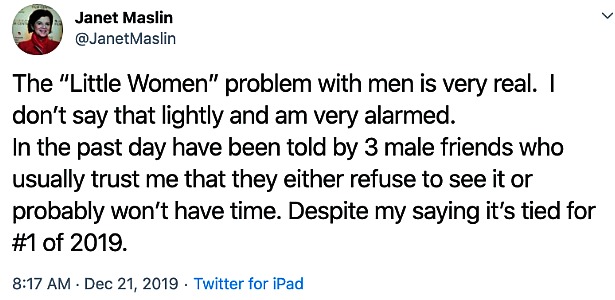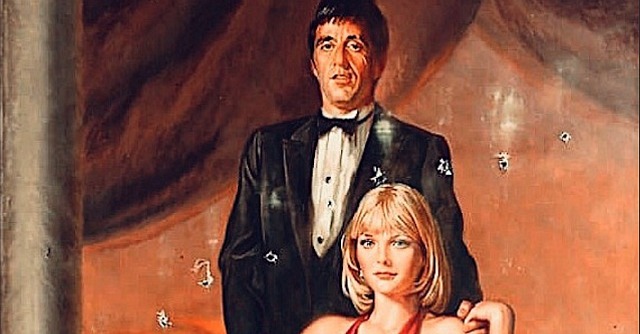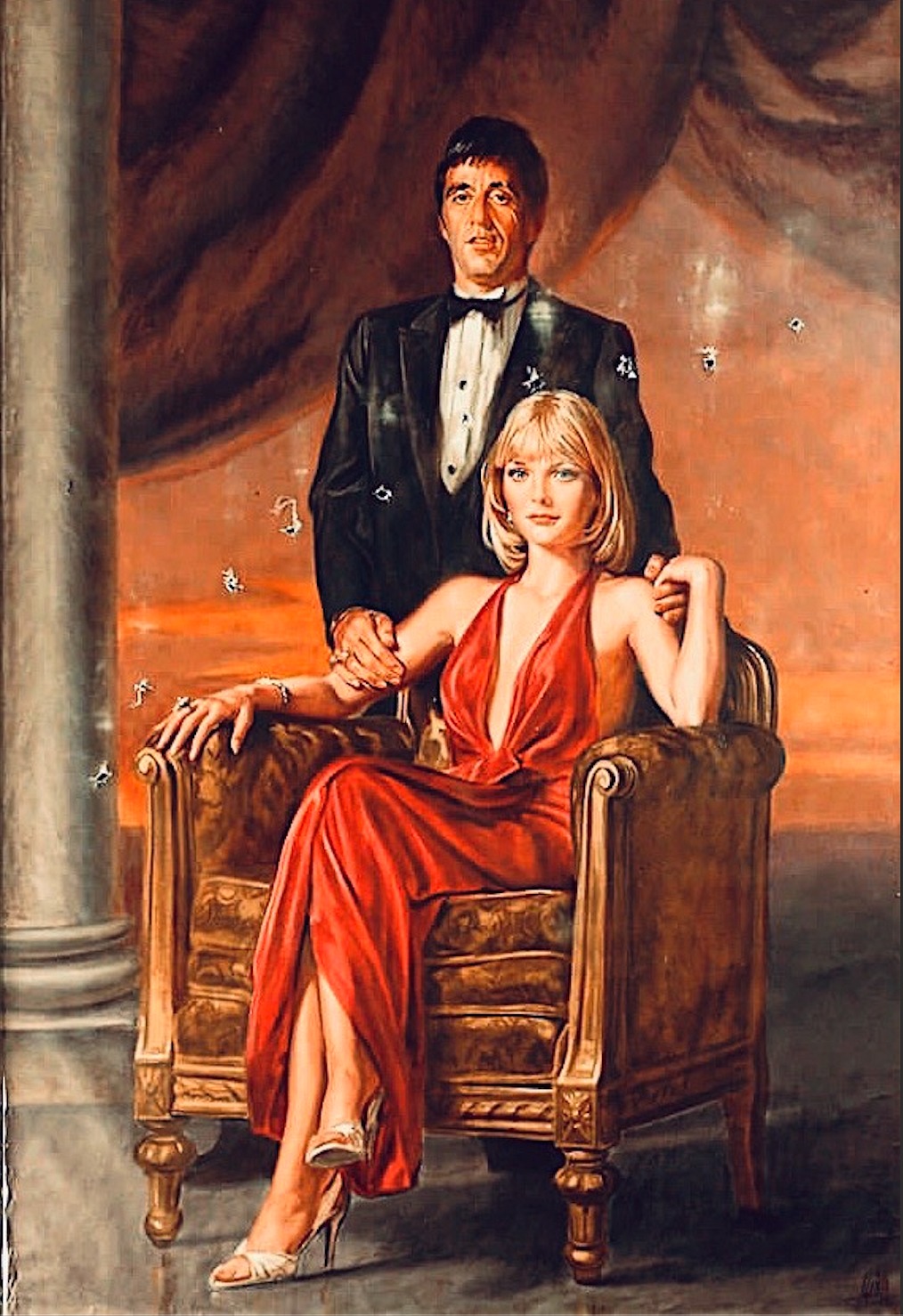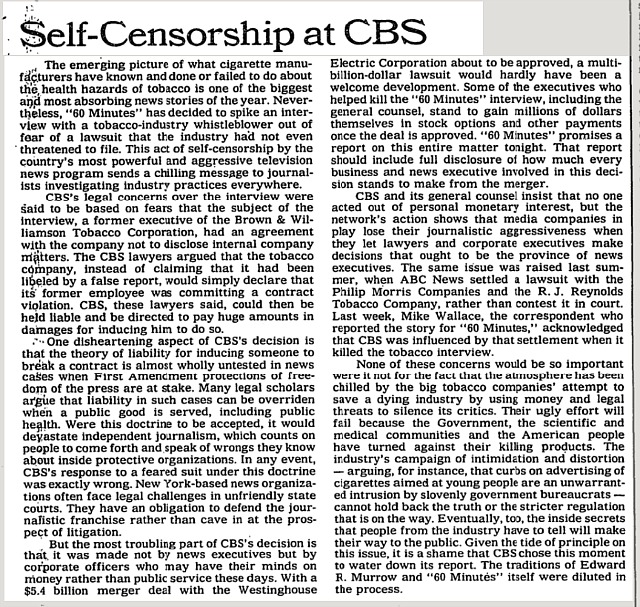Lewis Beale has tapped out a 12.20 L.A Times piece about whistleblower films, particularly Todd Haynes‘ Dark Waters and Scott Z. Burns‘ The Report.
Beale’s boilerplate definition: “A single person or small, seemingly powerless groups fighting against great odds to uncover the truth about governmental or corporate malfeasance. Some are classic whistleblowers, who report on wrongdoings within their own organizations; others are just concerned citizens who see wrongdoing and take up the fight against it.”
Beale mentions a few storied whistleblower dramas — Mr. Smith Goes to Washington, Serpico, Erin Brockovich, The Insider — but omits any mention of Steven Soderbergh‘s wiggy and eccentric The Informant! (which Burns wrote) and James Vanderbilt‘s Truth, a whistleblower saga that blew up and went south, resulting in everyone washing their hands of it.
HE to Beale: And not a single mention of the Trump-Ukraine whistleblower saga, and the movie that will eventually but surely come of that down the road?
You saw The Report, I take it. Talk about an oppressively smug procedural, brandishing an ethical merit badge on its chest. I for one found Annette Bening‘s Dianne Feinstein…well, they got the wig right. No nation should embrace, much less be proud of, torturing its enemies, but the anti-torture lefties were the ones who attacked Kathryn Bigelow‘s Zero Dark Thirty, which is somewhere between 17 and 18 times better than The Report. A measure of irony there.
I was 100% down with Dark Waters until the end, when we’re told that the chemical corporates (Dupont) are going to dispute each and every individual case. They’re going to spend the plaintiffs to death. Then Dupont and the plaintiffs agree on an overall settlement for what seems like a formidable amount, but when you break it down…did the plaintiffs really feel restored with all the death and disease they had to cope with?
I’m sorry but Dark Waters doesn’t seem to end right. It feels overly mitigated. It left me feeling vaguely deflated and downish. I respected and admired, but it doesn’t do the movie-movie-thing very well. The attention to specifics is engrossing and even stirring, and the acting is aces up and down. It’s not that I was looking for an artificial sugar-high ending, but the finale that Haynes and producer/star Mark Ruffalo went with doesn’t feel like the one you wanted to see.





